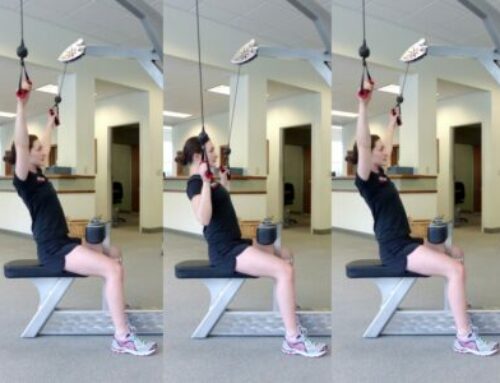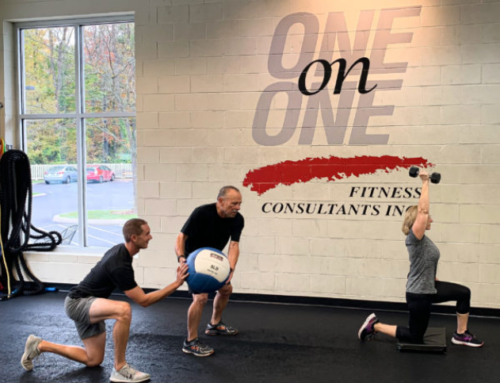Last Updated: 4/2/23
Simply put, longevity means living a long life. The two largest contributing factors to longevity are genetics and lifestyle choices. Luckily for us, we are largely in control of the latter. This month, we focus on a few key topics that can most certainly contribute to living a longer life, but more importantly a better quality of life. This month’s longevity series will include:
Week 1: Sitting… Get Up and Move!
Week 2: Sleep
Week 3: Corrective Exercise
Week 4: Superfoods
What do we do when we’re awake and not exercising? Mostly, we sit. Our environment lends itself to prolonged sitting: driving your car, working at the computer, attending meetings, watching TV, and even relaxing at the end of the day. Even if you feel like an active person, chances are that sitting takes up a large portion of your time. This week will cover small but significant ways to stay active throughout your day.
Sitting is the new smoking.
Sitting might seem harmless, but too much is bad for our bodies and long-term health. Prolonged sitting has been linked to a number of negative health consequences including obesity, back pain, postural issues, muscular imbalances, and metabolic syndrome (a cluster of conditions including increased blood pressure, high blood sugar, excess body fat around the waist, and abnormal cholesterol levels). Research also suggests that too much sitting increases the risk of death from cardiovascular disease and cancer. The solution is two-fold.
Find ways to move more and sit less.
It may be easy to forget that even if you are active before or after work, spending eight hours sitting at your desk is unhealthy! To find ways to move more and sit less during the day, focus on NEAT (non-exercise activity thermogenesis) activities such as:
- Getting up from your desk at least once an hour.
- Investing in a standing desk and/or redesigning your workspace so it encourages more movement (e.g. set your filing cabinet or printer far enough from your desk that you have to get up to use it).
- Walking for meetings rather than sitting in a conference room or at a desk.
Small steps such as these can make a big difference in your health, as well as reduce the stress and muscle tension caused by hunching over a desk all day. Remember, the path of least resistance is not always the best!
Adjust your training to combat the problems of prolonged sitting.
When you begin a workout, ensure you are taking time with your movement prep to address the muscular imbalances associated with spending the majority of your day seated. The seated position tends to reinforce poor posture with rounded-forward shoulders and tight hip flexors. Keep yourself injury free and set your body up for success by implementing an intelligent movement prep that emphasizes anti-sitting movements/exercises.
For the remainder of your workout, remember that staying on your feet and moving in all three planes of motion (forward, lateral, and rotational) is highly beneficial for those subjected to hours of sitting. Try workouts that incorporate lane drills (e.g. skipping, shuffling, and carioca), walking, jogging, swimming, cross-country skiing, or any other activity that requires you to move in open space.
The bottom line is that too much sitting is detrimental to your health. Take every opportunity to move and be active throughout your day. In the gym, set your body up for success with an effective movement prep and train as much as you can on your feet.
For this week and going forward… get up and move!





